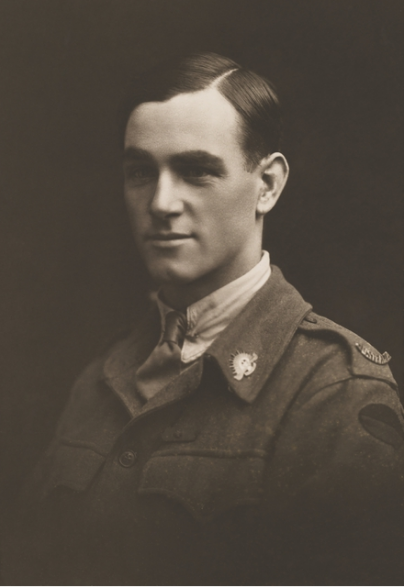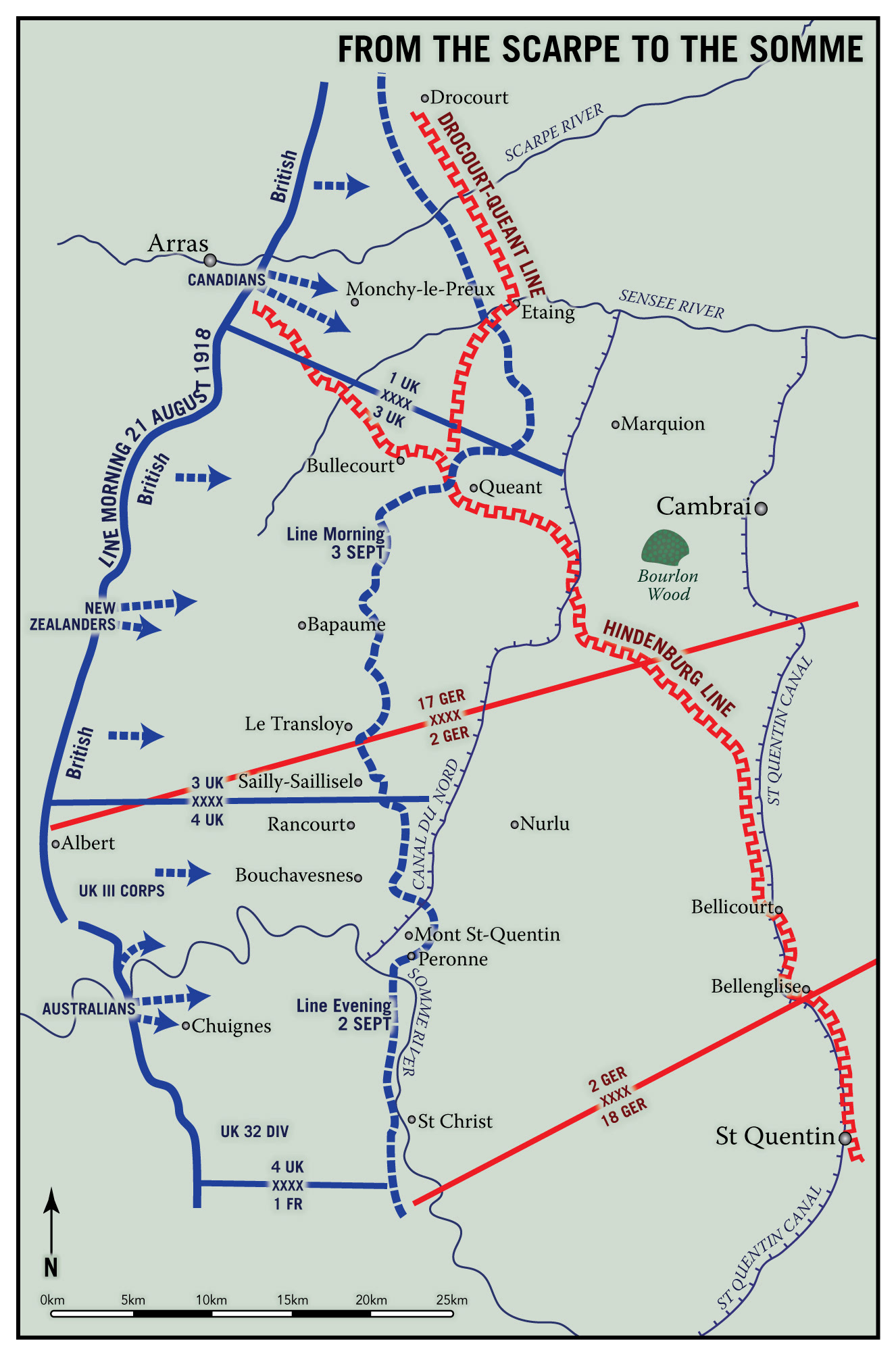Private George Cartwright VC (1894 - 1978, 84yo)
 George Cartwright was born on 9 December 1894 at South Kensington, London, and relocated to Australia in 1912 where he found employment as a labourer on a pastoral property. His enlistment with the Australian Imperial Force (A.I.F) occurred on 16 December 1915, making him a founding member of the 33rd Battalion.
George Cartwright was born on 9 December 1894 at South Kensington, London, and relocated to Australia in 1912 where he found employment as a labourer on a pastoral property. His enlistment with the Australian Imperial Force (A.I.F) occurred on 16 December 1915, making him a founding member of the 33rd Battalion.
May 1916 saw his departure for England where the division underwent training prior to deployment in France during November. Cartwright sustained injuries during combat at Messines, Belgium on 9 June 1917, yet continued his service. He numbered among 271 officers and enlisted men from the battalion who fell victim to the Germans’ intensive gas assault at Villers-Bretonneux, France, on 17 April 1918. Following hospitalisation, he returned to his unit in June.

The Australian Corps launched their assault on Mont St Quentin on 31 August 1918. The 33rd Battalion’s attack targeted territory south-west of Bouchavesnes. With insufficient artillery support initially, the advancing forces encountered resistance from machine-gun fire originating from a position at Road Wood’s corner. Private Cartwright immediately rose to his feet and advanced toward the weapon, discharging his rifle from shoulder position: he eliminated the gunner and two soldiers who attempted to take his place. Cartwright subsequently hurled an explosive at the position and using the blast as cover, charged forward to secure the gun and capture nine German personnel. The Australians responded with enthusiastic cheering and resumed their offensive. Cartwright received the Victoria Cross for these actions. During the assault on the Hindenburg line on 30 September, he suffered head and left arm wounds, resulting in his evacuation to England. After receiving his V.C. from King George V, he returned to Australia and left the A.I.F. on 16 May 1919.
Cartwright’s mobilisation for full-time duty occurred on 5 March 1940, with his advancement to Captain in 1942 while undertaking training and welfare responsibilities within Australia. The Retired List placement took effect on 11 May 1946. His death occurred on 2 February 1978 at Gordon, followed by cremation. His widow donated his V.C. and additional decorations to the Imperial War Museum, London. His memory is honoured in the New South Wales Garden of Remembrance, Rookwood.
Sergeant Claud Castleton VC (1893 - 1916, 23yo)
 Claud Charles Castleton was born on 12 April 1893 at Suffolk, London. He relocated to Australia in 1912 and enlisted with the Australian Imperial Force (A.I.F) in Sydney on 11 March 1915.
Claud Charles Castleton was born on 12 April 1893 at Suffolk, London. He relocated to Australia in 1912 and enlisted with the Australian Imperial Force (A.I.F) in Sydney on 11 March 1915.
Castleton received assignment to the 18th Battalion and departed for Egypt in 1915. His unit, which would remain with the 2nd Brigade through the withdrawal, arrived at Gallipoli on 06 August and participated in the Hill 60 assault on 22 August. His promotion to Corporal occurred on 07 December, followed by temporary Sergeant rank in February 1916. Shortly following his French deployment on 08 March, he transferred to the 5th Australian Machine-Gun Company with rank confirmation. His Somme service with this formation included participation in a nighttime assault on enemy positions at Pozières Heights on 28 July. Machine-gun fire and bombardment halted the Australian offensive, leaving forces exposed in No Man’s Land under devastating fire for three hours. Castleton successfully evacuated two wounded soldiers but sustained fatal back injuries while attempting to rescue a third casualty.
Castleton received a posthumous Victoria Cross and lies buried in the Pozières British cemetery at Ovillers-la-Boiselle, France.
Last Reviewed 06/2025









